BYD Seal vs Nissan Ariya – Differences & prices compared
Compare performance, boot space, consumption and price in one view.
Find out now: which car is the better choice for you – BYD Seal or Nissan Ariya?
The BYD Seal (Sedan) comes with a Electric engine and Automatic transmission. In comparison, the Nissan Ariya (SUV) features a Electric engine with Automatic transmission.
When it comes to boot capacity, the BYD Seal offers 400 L, while the Nissan Ariya provides 468 L – depending on how much space you need. If you’re looking for more power, decide whether the 530 HP of the BYD Seal or the 435 HP of the Nissan Ariya suits your needs better.
In terms of consumption, the values are 15.40 kWh per 100 km for the BYD Seal, and 17.70 kWh for the Nissan Ariya.
Price-wise, the BYD Seal starts at 40300 £, while the Nissan Ariya is available from 37300 £. Compare all the details and find out which model fits your lifestyle best!
In an electrifying head-to-head comparison, the BYD Seal and Nissan Ariya showcase their strengths in the rapidly evolving EV market. The BYD Seal impresses with its remarkable range and fast-charging capabilities, positioning itself as a compelling choice for tech-savvy drivers. Meanwhile, the Nissan Ariya stands out with its refined interior and advanced driver-assistance systems, offering a smooth and sophisticated ride for those prioritizing comfort and convenience.
BYD Seal
The BYD Seal represents a sleek fusion of innovative technology and stylish design, setting it apart in the competitive electric vehicle market. With its aerodynamic silhouette and premium interior finishes, the car offers a driving experience that is both comfortable and exhilarating. Enthusiasts are particularly impressed by the seamless integration of advanced features that prioritise safety and convenience.
details @ press.bydauto.be
@ press.bydauto.be
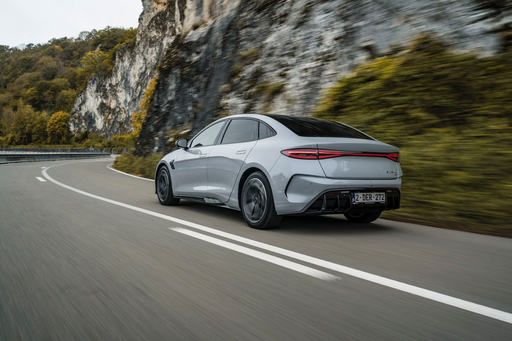 @ press.bydauto.be
@ press.bydauto.be
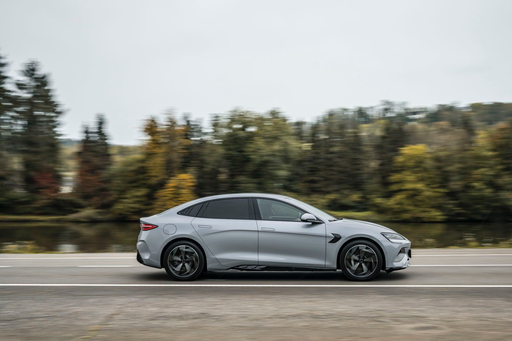 @ press.bydauto.be
@ press.bydauto.be
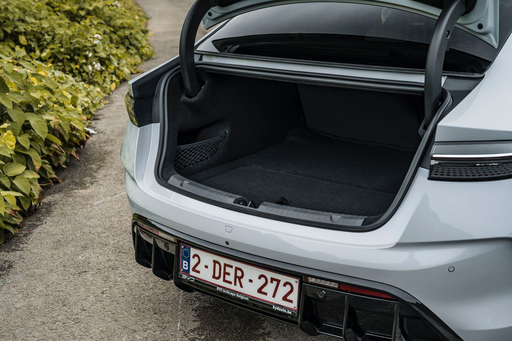 @ press.bydauto.be
@ press.bydauto.be
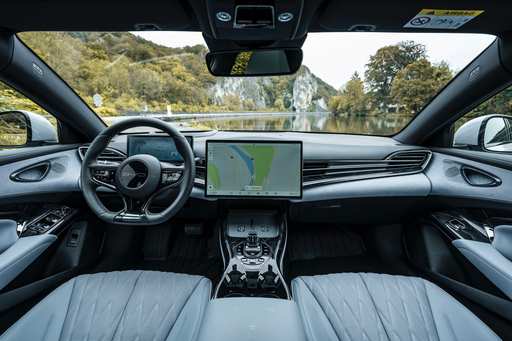 @ press.bydauto.be
@ press.bydauto.be
Nissan Ariya
The Nissan Ariya elevates the electric vehicle segment with its sleek design and advanced technology, providing a modern driving experience. Seamlessly blending comfort with performance, the Ariya offers an inviting and spacious interior that caters to both driver and passengers. Its innovative features make it a strong contender in the growing market for eco-friendly yet stylish automobiles.
details @ Nissan
@ Nissan
 @ Nissan
@ Nissan
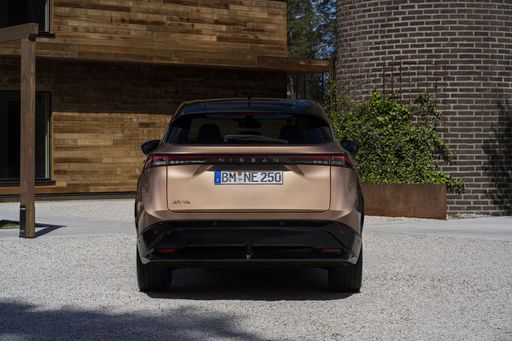 @ Nissan
@ Nissan
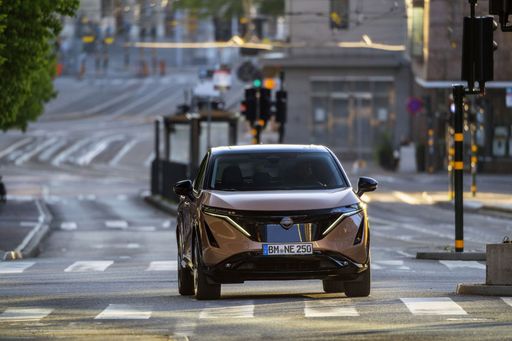 @ Nissan
@ Nissan
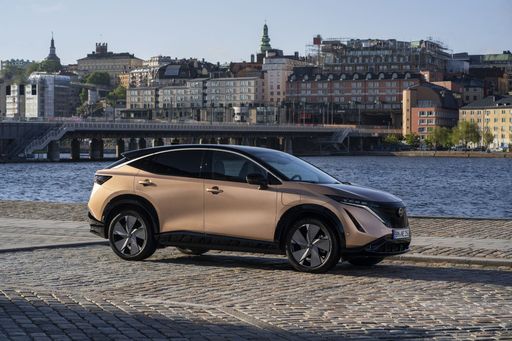 @ Nissan
@ Nissan
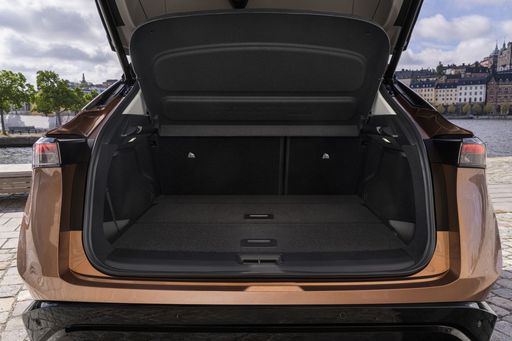 @ Nissan
@ Nissan
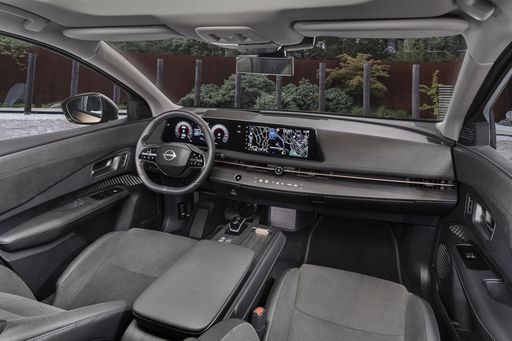 @ Nissan
@ Nissan
Electric Powerhouses Face Off: BYD Seal vs. Nissan Ariya
In the rapidly evolving world of electric vehicles, the BYD Seal and Nissan Ariya are making significant waves. Both models stand out with their unique designs and impressive technical specifications, catering to the growing demand for sustainable automotive options. Here, we dive into the technical details and innovative features of these two electric powerhouses.
Design & Build
The BYD Seal is a 2023 model sedan that exudes sophistication with its sleek exterior, measuring 4800 mm in length, 1875 mm in width, and 1460 mm in height. This aerodynamic design is complemented by its 4-door configuration and a trunk capacity of 400 liters, making it an elegant yet practical choice.
On the other hand, the Nissan Ariya embraces the SUV trend with its bold stance. With dimensions of 4595 mm in length, 1850 mm in width, and a height of 1650 mm, this 5-door SUV provides ample space with trunk capacities of up to 468 liters. The Ariya's design is focused on blending futuristic aesthetics with robust utility.
Performance & Range
The BYD Seal showcases impressive power with options for either a rear-wheel drive or an all-wheel-drive transmission. Its engines deliver between 313 HP and 530 HP, translating to acceleration times of 5.9 seconds and 3.8 seconds from 0 to 100 km/h, and a top speed of 180 km/h. Its electric range spans between 520 km and 570 km, demonstrating excellent energy efficiency, with consumption ranging from 16.6 kWh to 18.2 kWh per 100 km.
The Nissan Ariya offers a diverse power lineup with outputs ranging from 218 HP to 435 HP, and 0 to 100 km/h acceleration times as quick as 5 seconds. The Ariya’s range stretches from 402 km to an impressive 531 km depending on the variant, making use of battery capacities of 63 kWh and 87 kWh, while maintaining consumption rates from 17.7 kWh to 24.5 kWh per 100 km. Its top speed varies between 160 km/h and 200 km/h.
Cutting-edge Technology & Features
Both the Seal and the Ariya are fitted with cutting-edge technology aimed at enhancing the driving experience. The BYD Seal features a reduction gearbox automatic transmission, with distinct power configurations of 230 kW and 390 kW ensuring dynamic performance in all driving circumstances. The rear and all-wheel drive options cater to different driving preferences.
The Nissan Ariya also employs a reduction gearbox with options for front-wheel and all-wheel drive, accommodating a range of driving styles with power options from 160 kW to 320 kW. Its advanced torque distribution system optimizes performance and handling, creating a seamless driving experience.
Conclusion
The BYD Seal and Nissan Ariya stand as paragons of the burgeoning EV market. While the Seal appeals to those seeking a stylish and high-performance sedan, the Ariya offers a versatile and spacious SUV alternative. Both vehicles deliver zero emissions, line with the utmost CO2 efficiency class of 'A', contributing to their appeal as sustainable transportation solutions. Ultimately, the choice between the two will hinge on the driver's preference for design, driving dynamics, and feature set.

|

|
|
|
|
Costs and Consumption |
|
|---|---|
|
Price
40300 - 43700 £
|
Price
37300 - 54800 £
|
|
Consumption L/100km
-
|
Consumption L/100km
-
|
|
Consumption kWh/100km
15.4 - 18.2 kWh
|
Consumption kWh/100km
17.7 - 24.5 kWh
|
|
Electric Range
460 - 570 km
|
Electric Range
402 - 531 km
|
|
Battery Capacity
-
|
Battery Capacity
63 - 87 kWh
|
|
co2
0 g/km
|
co2
0 g/km
|
|
Fuel tank capacity
-
|
Fuel tank capacity
-
|
Dimensions and Body |
|
|---|---|
|
Body Type
Sedan
|
Body Type
SUV
|
|
Seats
5
|
Seats
5
|
|
Doors
4
|
Doors
5
|
|
Curb weight
1907 - 2185 kg
|
Curb weight
1980 - 2259 kg
|
|
Trunk capacity
400 L
|
Trunk capacity
415 - 468 L
|
|
Length
4800 mm
|
Length
4595 mm
|
|
Width
1875 mm
|
Width
1850 mm
|
|
Height
1460 mm
|
Height
1650 mm
|
|
Payload
446 - 473 kg
|
Payload
396 - 420 kg
|
Engine and Performance |
|
|---|---|
|
Engine Type
Electric
|
Engine Type
Electric
|
|
Transmission
Automatic
|
Transmission
Automatic
|
|
Transmission Detail
Reduction Gearbox
|
Transmission Detail
-
|
|
Drive Type
Rear-Wheel Drive, All-Wheel Drive
|
Drive Type
Front-Wheel Drive, All-Wheel Drive
|
|
Power HP
231 - 530 HP
|
Power HP
218 - 435 HP
|
|
Acceleration 0-100km/h
3.8 - 7.5 s
|
Acceleration 0-100km/h
5 - 7.6 s
|
|
Max Speed
180 - 220 km/h
|
Max Speed
160 - 200 km/h
|
|
Torque
360 - 670 Nm
|
Torque
300 - 600 Nm
|
|
Number of Cylinders
-
|
Number of Cylinders
-
|
|
Power kW
170 - 390 kW
|
Power kW
160 - 320 kW
|
|
Engine capacity
-
|
Engine capacity
-
|
General |
|
|---|---|
|
Model Year
2023 - 2025
|
Model Year
2022 - 2025
|
|
CO2 Efficiency Class
A
|
CO2 Efficiency Class
A
|
|
Brand
BYD
|
Brand
Nissan
|
BYD Seal
The BYD Seal: An Electrifying Presence on the Road
Amidst the growing popularity of electric vehicles (EVs), the BYD Seal stands out as a compelling choice. With its sleek saloon design and a plethora of cutting-edge features, this model holds its own in the competitive market of eco-conscious automobiles.
Technical Specs that Speak Volumes
The BYD Seal comes in two key variants, each offering a distinct driving experience yet retaining a common emphasis on performance and efficiency. The power output ranges from a robust 313 PS to an exhilarating 530 PS, ensuring that whether you choose the rear-wheel drive or the all-wheel-drive option, you won't be short of thrills.
Performance enthusiasts will also appreciate the remarkable acceleration capabilities; the Seal can go from 0 to 100 km/h in as little as 3.8 seconds. Complementing its acceleration is its astounding maximum torque, reaching up to 670 Nm, making it adept at handling various driving conditions.
Efficiency Meets Innovation
BYD has engineered the Seal to optimise energy consumption without compromising on performance. The car boasts a commendable energy consumption range of 16.6 - 18.2 kWh/100km, reflecting its efficiency-focused design. Coupled with an impressive electric range of up to 570 km, the Seal is poised for longer journeys without frequent recharging interruptions.
Design and Comfort
The BYD Seal's aesthetic appeal is underscored by its sleek saloon body and precise dimensions: 4800 mm in length, 1875 mm in width, and standing at a height of 1460 mm. These dimensions create a dynamic yet spacious presence on the road, ensuring both an aerodynamic performance and a comfortable interior for up to five passengers.
Inside, the Seal is designed with driver and passenger comfort in mind, featuring a well-crafted interior and advanced technology to enhance the driving experience. The boot offers 400 litres of space, catering to practical needs without compromising on style.
Innovative Features for a Modern Drive
The Seal doesn’t just rely on its electric credentials to make an impact. BYD integrates a host of modern technologies and safety features, ensuring that the driving experience is both innovative and secure. The inclusion of a single-speed reduction gear contributes to a smooth driving experience, enabling efficient transitions in speed.
Safety is further assured with the Seal's high CO2 efficiency rating of class A, underlining its efficacy as a sustainable mode of transport that does not contribute to emissions. Given these progressive features, it's clear that the BYD Seal aligns with the evolving expectations of modern drivers looking for an eco-friendly yet high-performing vehicle.
Conclusion: Future-Ready Efficiency
With a competitive price range starting from €44,990, the BYD Seal represents excellent value for those seeking a blend of performance, efficiency, and modern technology. As sustainable transportation becomes a priority globally, the Seal positions itself as a pioneering force in the electric vehicle market, offering a future-ready driving solution that can meet the needs of today's discerning car buyers.
Nissan Ariya
Unveiling the Nissan Ariya: Revolutionizing Electric Mobility
Nissan has taken a bold step into the electric future with the introduction of the Nissan Ariya, a sophisticated and stylish SUV designed to redefine the electric vehicle (EV) landscape. As the automotive industry evolves, the Ariya emerges as a frontrunner, blending cutting-edge technology and exquisite design to offer a unique driving experience. In this article, we delve into the technical specifications and innovative features that make the Ariya stand out in the electric vehicle market.
Striking Design Meets Practicality
The Nissan Ariya has a commanding presence on the road, thanks to its sleek and aerodynamic design, which is both functional and visually appealing. With dimensions of 4595 mm in length, 1850 mm in width, and 1650 mm in height, the Ariya maintains a robust stance while offering ample interior space. The five-door configuration and a trunk capacity of up to 468 liters ensure practicality for everyday use, whether it's a family outing or a shopping spree.
A Spectrum of Power and Performance
At the heart of the Ariya lies a versatile electric drivetrain that caters to various driving needs. The model is available in several configurations, with battery capacities of 63 kWh and 87 kWh, ensuring a balance between performance and range. The front-wheel-drive variants offer power outputs ranging from 218 HP to 242 HP, perfect for those looking for efficiency in urban settings. For enthusiasts seeking performance, the all-wheel-drive versions deliver up to 306 HP, while the Ariya Nismo tops the range with a thrilling 435 HP.
Advanced Battery Technology
The Ariya's advanced battery technology is engineered to provide long-lasting energy, with an electric range from 402 km to 531 km depending on the variant. The Ariya achieves this impressive range using a reduction gearbox and delivers efficient consumption ranging from 17.7 kWh to 24.5 kWh per 100 km. With a focus on sustainability, the Ariya boasts zero CO2 emissions, underscoring Nissan's commitment to a greener future.
Seamless Connectivity and Innovative Features
The interior of the Ariya is a blend of comfort and cutting-edge technology. Nissan has equipped the SUV with an intuitive infotainment system that integrates seamlessly with smartphones, offering features such as navigation, entertainment, and driver assistance technologies. The Ariya's cabin is designed for comfort, with ergonomic seating for up to five passengers. The vehicle's acceleration ranges from 5 to 7.6 seconds, ensuring a responsive and dynamic driving experience.
Safety and Assistance Redefined
Ensuring passenger safety, the Nissan Ariya is equipped with an array of driver assistance features, including adaptive cruise control, lane-keeping assistance, and an around-view monitor for enhanced visibility. These cutting-edge technologies work together to provide peace of mind for drivers and passengers alike, making every journey as safe and smooth as possible.
Conclusion: Driving into the Future
The Nissan Ariya represents a significant milestone in Nissan's electrification strategy, offering customers a blend of performance, innovation, and ecology. As the automotive world transitions towards sustainable solutions, the Ariya stands out as a testament to Nissan's dedication to pioneering the electric vehicle market. With ongoing advancements and its impressive suite of features, the Ariya is poised to redefine what drivers expect from an EV in terms of style, substance, and sustainability.
Which drive types are available for the BYD Seal?
Available as Rear-Wheel Drive or All-Wheel Drive.
The prices and data displayed are estimates based on German list prices and may vary by country. This information is not legally binding.
